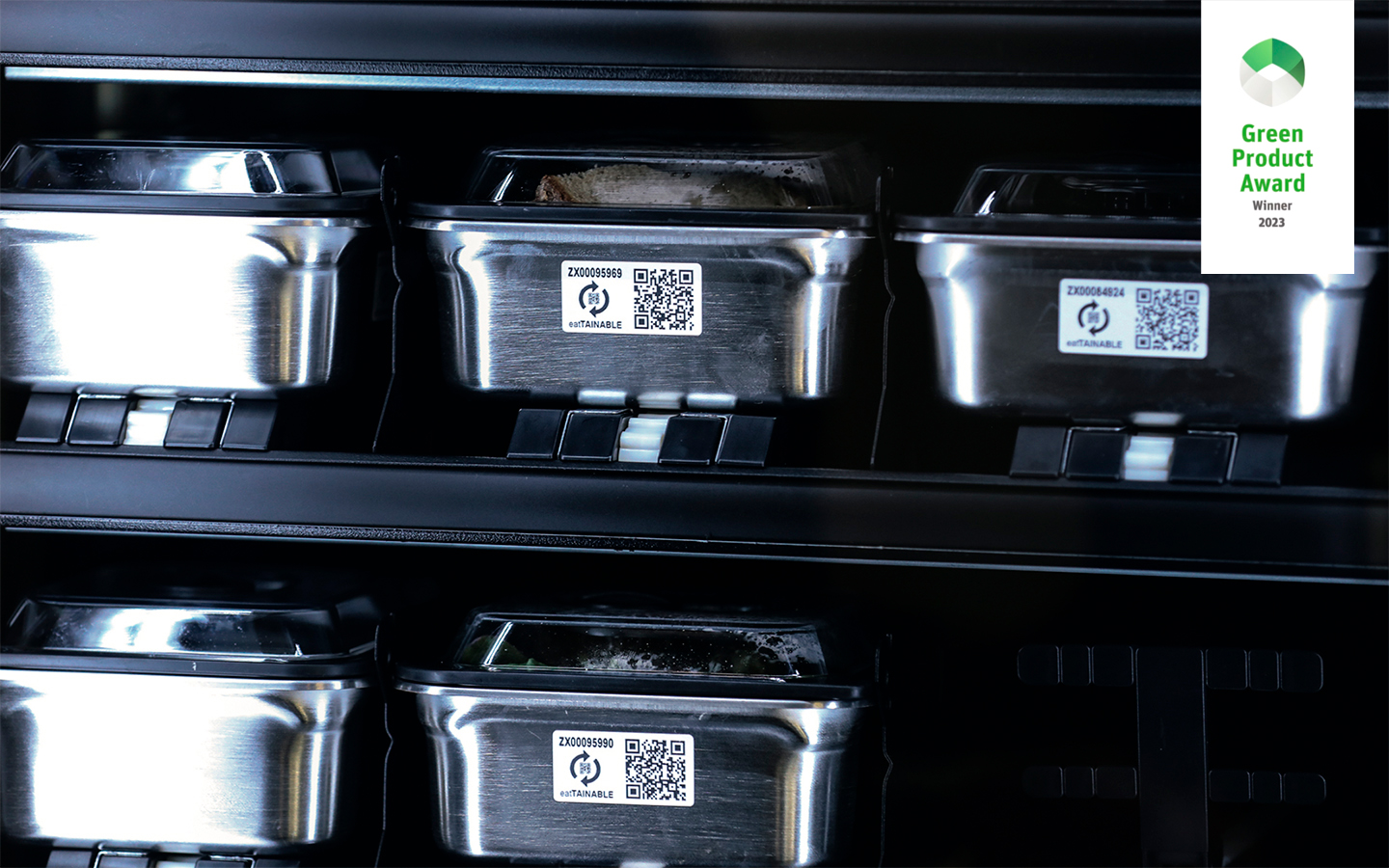…with Jon Walker, Joint Managing Director, BGL Rieber
1. How big is the grab and go market?
The size of the UK grab-and-go market is around £23 billion (2023).
The market is forecast to grow even though UK consumers are cutting spending overall on eating out.
What is exciting about the OOH grab-and-go market are the developments in sustainable, reusable containers. For the first time, we are seeing stainless steel replace plastic and foils, and what is interesting is Who’s doing the grabbing and going?
2. Why is grab and go becoming so popular?
Habit, availability and a perceived lack of time have boosted recent increases in demand for grab and go.
Contract caterers have never been slow to cater to a new market, especially when grab/go can give offices and schools healthier choices, for example.
But grab and gone is not a recent phenomenon – the streets of Pompei were lined with fast food shops. The recent discovery of marble bar counters shows that an alcohol-drinking and fast-food culture developed roughly from about 50 BCE with more than 140 small bars and cafes found across Pompeii. (source: https://lighthouse.mq.edu.au/article/may-2019/shopping-born-in-pompeii#:~:text=The%20discovery%20of%20marble%20bar,and%20cafes%20found%20across%20Pompeii.

3. What products work best as grab and go?
For centuries, the humble pastry pie worked best as a grab/go item.
What works these days is a much wider variety of foods and, for contractors, the use of sustainable reusables to serve them in.
4. At what time/s of day are grab and go items most popular?
Breakfast remains the most popular for grab-and-go, despite the crush on consumer spending. According to Mintel’s ‘UK Breakfast Eating Habits Market Report 2022’, 51% of adults ate breakfast out of home. The impact of the recession, however, is forcing consumers to trade down.
5. How can these products be presented to make them as easy to purchase as possible?
Easy purchase means using the smart phone or card to buy and that means taking advantage of digital labels.
Sustainable packaging means reusable and the best reusables are stainless steel containers, with non-spill lids when needed. These can be labelled with digital QR codes, for example, which facilitate cashless buying, and which also ensure the return of the container and its lid.
6. What one tip would you offer on getting your grab and go offer right?
“There is the same price pressure and enthusiasm for ‘meal deals’ as on the high street,” says Gareth Newton, “but there is a definite slice of the contractor’s market that is looking for extra sustainability with their order, and that means moving away from disposables and single-use products to reusables.
“Consumers care about being green and they want minimal carbon footprint.
“By using QR-coded smartlabels and stainless steel GN containers for retail and to cater for events, lunches and team meetings, contractors can now use digital labels to give reheat or regeneration programs to warming equipment and track and trace the containers, ensuring they will not get lost or mislaid and to help measure food waste.”
